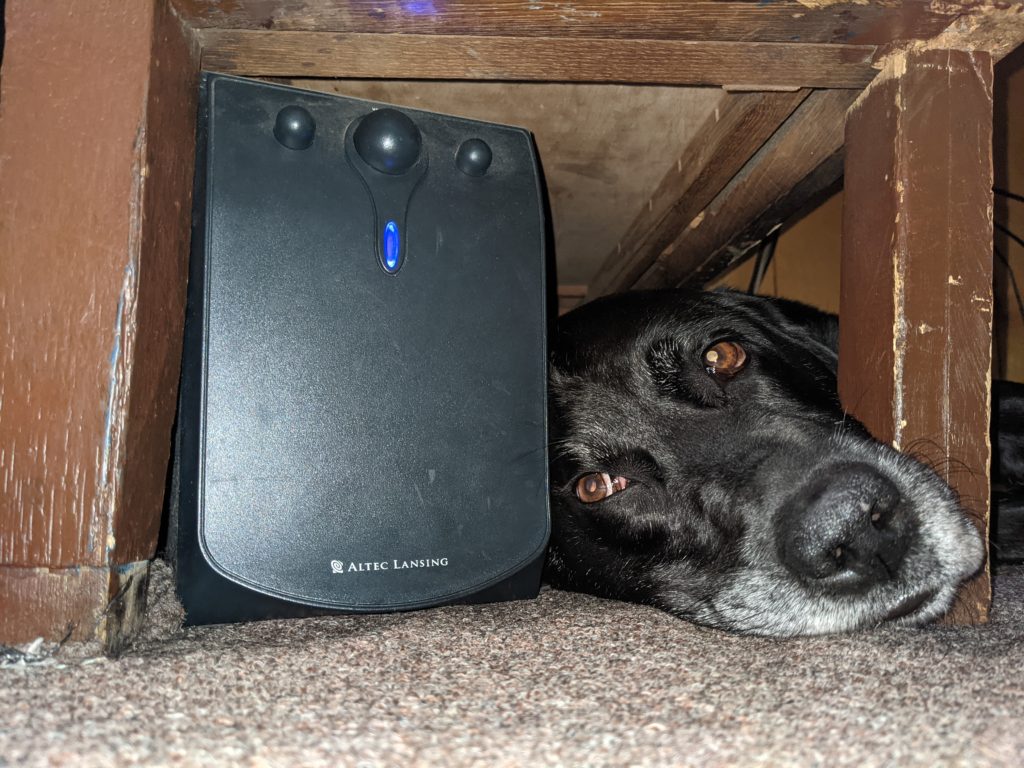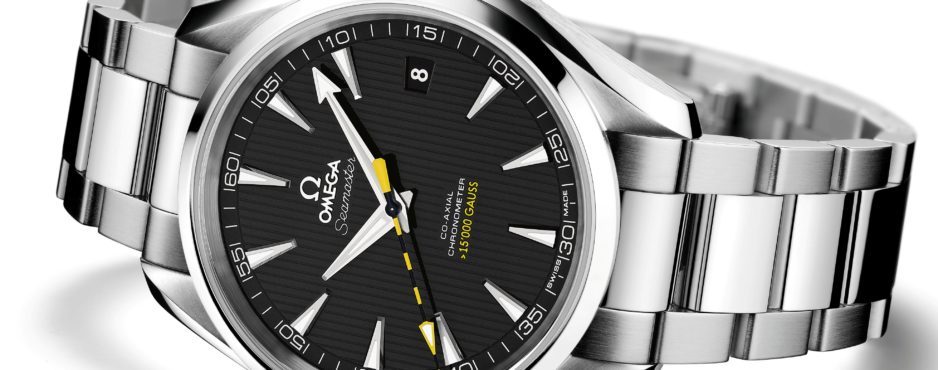Like most any other metal material, a watch can become magnetized when it comes into contact with certain levels of a magnetic field.
Things we come in contact with every day like our smartphones, tablets, monitors, speakers and kitchen appliances all give off magnetic fields. Those can mess with your watch’s accuracy.
The most common target for magnetism is the watches hairspring. When the hairspring becomes magnetized, the coils stick together, effectively becoming shorter, which causes the watch to oscillate faster, causing the watch to run fast. That’s the most common problem when a watch becomes magnetized.
In most cases it will be quite a dramatic change to where the watch could be minutes fast in a day rather than seconds.
Watchmakers have come up with two different ways to battle magnetism. One is to protect the movement with an inner cage made out of soft iron that attracts the magnetic field leaving the movement unaffected.
The other method is to make balance springs and other parts from nonferrous materials that aren’t easily magnetized. Steel has been a common balance spring material, but for the last several decades, Nivorox (a nickel-iron alloy) and other alloys have been used due to their improved magnetic resistance. More recently, watchmakers have been making balance springs from silicon, which has generally proven to be a far more effective solution.
Different types of hairsprings
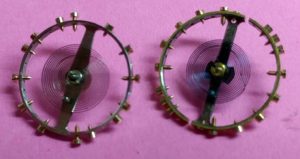
Hamilton 992b balance and alloy hairspring on the left. Hamilton 992 balance and steel hairspring on the right. The steel hairspring is a blue color
Magnetized tools
One of the issues that I have to deal with every day is magnetized tools. I use screwdrivers, tweezers, hand removers etc. that are in constant contact with a watch movement as I work on it. If these tools are magnetized, this can cause a lot of issues during any repair.
Tweezers and screwdrivers
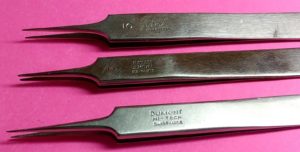
My tweezers are all Anti Magnetic. I have always used the best tools, and the absolute best set of tweezers are made by Dumont. I only use their anti Magnetic tweezers during my day. During every repair, I need to pick up small screws and carefully place them into their proper position in a watch movement,imagine when I try and put them down, they stick to my tweezers! This goes past being simply annoying, to very dangerous for me.
A dropped or lost screw can stop me in my tracks for long periods of time while I search on my hands and knees on the floor looking for a lost screw. Screws on certain movements are “one of a kind” and just about impossible to replace if lost, so not making a mistake because of my magnetized tools is a big part of the job.
The other tool that can easily become magnetized are my screwdrivers. These all have metal points and they magnetize easily. Here again,trying to use them while magnetized just adds to the potential for mistakes, lost time and productivity.
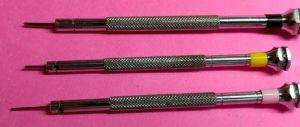
My hand removers also can become magnitized. Nothing worse than losing a hand!
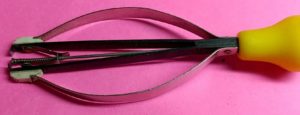
Types of Demagnitizers
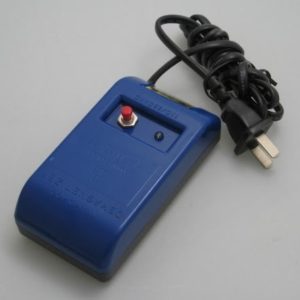
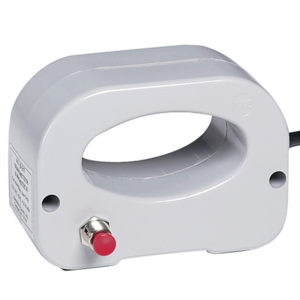
Vintage demagnetizers
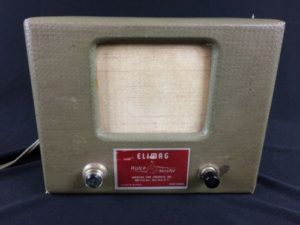
Timing machine reading before and after a movement being demagnitized.
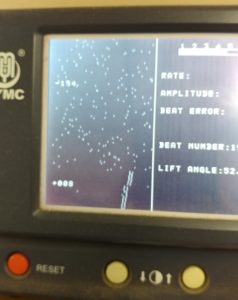
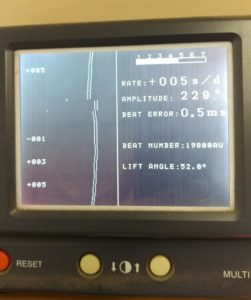
Rolex Milgaus
The Rolex Oyster Perpetual Milgauss is a wristwatch model introduced by Rolex in 1956 with model number 6541. The Milgauss was designed as an antimagnetic watch specifically for those who worked in power plants, medical facilities and research labs where electromagnetic fields can cause havoc with the timing of a watch.
The current model Milgauss is equipped with a magnetic alloy (Parachrom-Blu) hairspring and movement encased by a magnetic shield. The name Milgauss is derived from the Latin mille, which means one-thousand, and gauss, the unit of a magnetic field. This model is so named because it can withstand a magnetic flux density of 1,000 gauss.
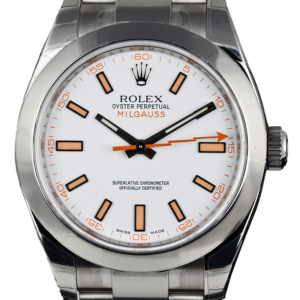
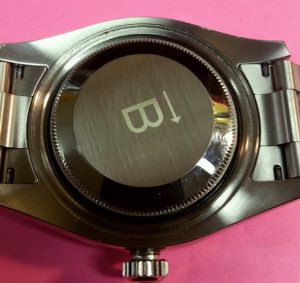
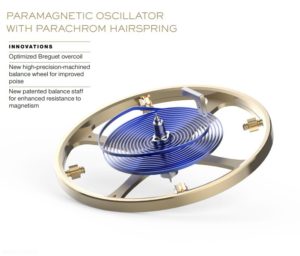
CHARLEY PHOTO OF THE WEEK: Here’s a woofer sleeping next to a subwoofer.
